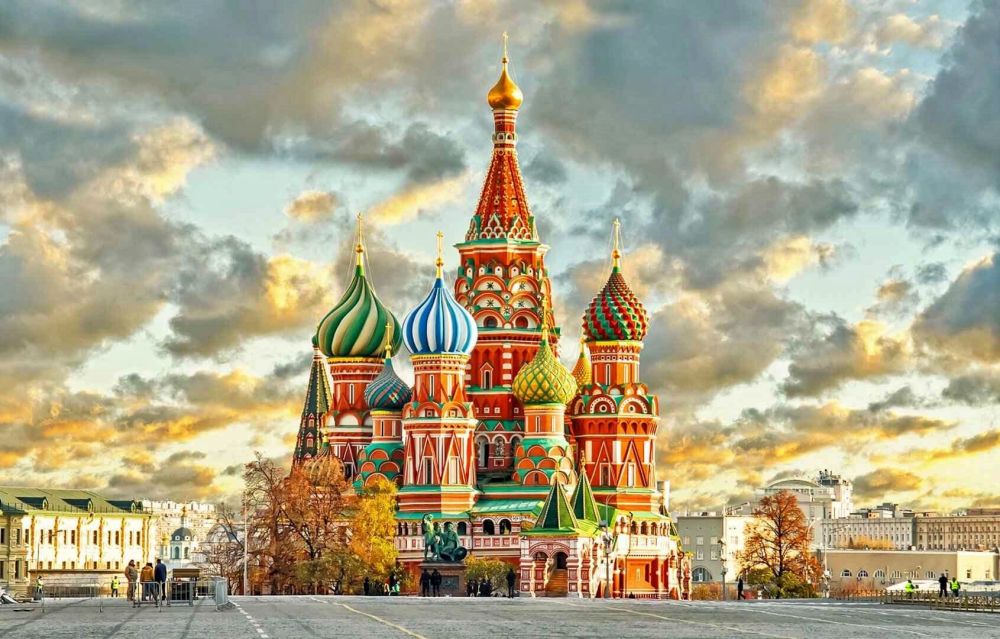

Saint Basil's Cathedral, officially known as the Cathedral of Vasily the Blessed, stands as a monumental symbol of Moscow's rich historical tapestry. Constructed from 1555 to 1561 under the orders of Ivan the Terrible, it commemorates the capture of Kazan and Astrakhan, marking important events in Russian history.
Tourism at Saint Basil's Cathedral can be traced back to the period after its consecration. The cathedral's unique architectural style, characterized by its vibrantly colored domes and intricate patterns, has attracted visitors from all across the region. Originally serving as a place of worship, it soon garnered attention due to its distinctive appearance, unlike any other Russian building of its time.
The cathedral’s fame as a tourist destination increased dramatically during the 19th century. With the advent of the railways and the improvement of road networks, more travelers could visit Moscow. Saint Basil’s Cathedral became a must-see attraction, and by the turn of the 20th century, it was firmly etched in the itinerary of tourists visiting Russia.
The Soviet period marked a challenging era for Saint Basil's Cathedral with religious activities being suppressed. However, its historical and architectural significance allowed it to escape destruction. Instead, it was turned into a museum, which inadvertently preserved its structure. Domestic and international tourism during the Soviet era were tightly controlled, but the cathedral remained a prominent drawcard for visitors who could secure permission to travel within the USSR.
After the fall of the Soviet Union in the early 1990s, restrictions on travel lifted, resulting in a tourism boom. Saint Basil's Cathedral experienced a substantial increase in visitors as global interest in Russia's cultural heritage peaked. It was also inscribed as a UNESCO World Heritage site, along with the Kremlin, boosting its profile as a key historical site.
In recent years, the latest trend in tourism at Saint Basil's Cathedral, as with many historic sites, is the use of augmented reality and virtual tours. Such technology provides a deeply immersive experience, allowing tourists to explore its history in a vivid, interactive manner. Educational programs and guided tours have become more sophisticated, catering to the growing demand for in-depth cultural experiences.
The COVID-19 pandemic significantly affected tourism worldwide, and Saint Basil's Cathedral was no exception. The brief closure of borders and implementation of social distancing measures saw a drastic decline in visitors. The site adapted by enhancing its online presence and by the time restrictions eased, there was a renewed interest in open-air and cultural tourism, with Saint Basil's Cathedral positioned at the forefront as an iconic open-space attraction in Moscow.
Today, Saint Basil's Cathedral continues to enchant visitors with its fairy-tale façade and historical grandeur, remaining one of Moscow's most popular tourist destinations. The history of tourism at this iconic site reflects not only periods of change within Russia itself but also the evolving nature of travel interests and the resilience of cultural landmarks.